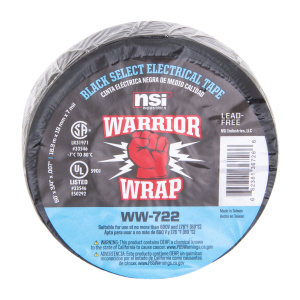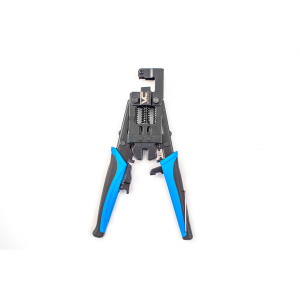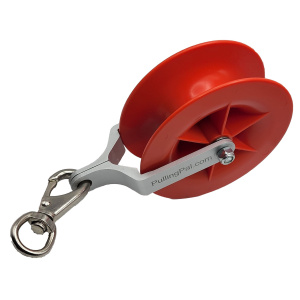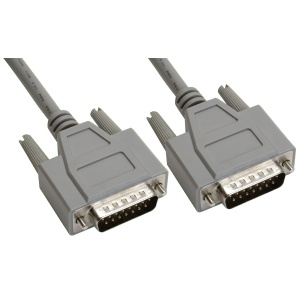Introduction
Choosing the right splicing technique for your project can feel like a walk on a tightrope. Between fusion and mechanical splicing, both methods have their share of pros and cons. But worry not! We’re about to lay out the nitty-gritty of each method, helping you make the perfect choice for your project!
Fusion vs Mechanical Splicing
When it comes to splicing, you can’t shake a stick at the fact that both fusion and mechanical methods have distinct uses and advantages. However, the choice between these two methods should be based on several factors: the scope of your project, the environment in which the splicing will occur, the availability of equipment, and the level of precision required. Let’s delve into these methods and help you weigh up your options.
Understanding Splicing in Telecommunications
Before we jump the gun, let’s shed some light on what splicing is. In telecommunications, splicing is a method used to join two optical fibers end-to-end. This process ensures a light signal passes from one fiber to another with minimal loss. Now that we’ve got the basics down pat, let’s dig into the differences between fusion and mechanical splicing.
Fusion Splicing: Unleashing the Heat
The fusion splicing technique involves using heat to fuse or weld two fiber ends together. But wait, there’s more! It’s important to know what makes this method tick.
The Pros of Fusion Splicing
Fusion splicing has a lot going for it. It provides a continuous connection between fibers, resulting in lower signal loss and back reflection. Additionally, it’s highly reliable in harsh environmental conditions, making it an ace up your sleeve for outdoor installations.
The Cons of Fusion Splicing
But let’s not put the cart before the horse. Fusion splicing isn’t without its drawbacks. The process requires specialized equipment, which can be costly. Moreover, the fusion splicing process is time-consuming and needs a skilled technician to perform, which may not always be convenient or affordable.
Mechanical Splicing: Quick and Efficient
On the flip side, we have mechanical splicing. This technique aligns two fiber ends in a mechanical fixture. Let’s take a look at what sets this method apart.
The Pros of Mechanical Splicing
Mechanical splicing can be a feather in your cap. It’s quicker and easier to perform than fusion splicing, and the equipment is less expensive. Furthermore, it allows for easy reconfiguration, making it a good fit for situations where flexibility is the name of the game.
The Cons of Mechanical Splicing
Every coin has two sides, and mechanical splicing is no different. This method may result in higher signal loss than fusion splicing, and its performance in challenging environmental conditions can be a toss-up. Additionally, it often requires regular checks and maintenance.
Choosing the Best Method: Considerations and Factors
In the grand scheme of things, picking between fusion and mechanical splicing should boil down to the specific requirements of your project. Here are some of the key considerations.
Project Scope and Budget
If your project is large-scale or budget is no object, fusion splicing might be a tough act to follow. It offers superior performance and reliability. However, if the project is smaller or budget is a constraint, the cost-effectiveness of mechanical splicing could be just what the doctor ordered.
The Environmental Factor
Think about the conditions where the splices will be installed. Fusion splices, being more rugged, can take a licking and keep on ticking in harsh environments. On the other hand, for indoor installations or where environmental conditions are controlled, mechanical splicing can fit the bill.
Precision and Performance Requirements
If the project requires high precision and top-notch performance, fusion splicing would be your best bet. It promises lower signal loss and better connection quality. But if these factors
are not as critical, the ease and flexibility of mechanical splicing might just hit the spot.
The Future of Splicing: Trends to Watch
As we continue to rely on fiber optic networks, the splicing techniques also evolve. Stay ahead of the curve by keeping an eye on these trends.
Automation in Fusion Splicing
One of the trends to keep an eye on is automation in fusion splicing. With automated equipment, it’s now easier than ever to get precise and efficient splices, taking the sting out of this complex process.
Advancements in Mechanical Splicing Technology
Meanwhile, mechanical splicing isn’t left in the dust. Technological advancements are enhancing the performance of mechanical splices, ensuring they’re still a horse for the course in various applications.
Frequently Asked Questions
Can fusion and mechanical splicing be used interchangeably?
Answer: Not necessarily. Fusion and mechanical splicing are suited for different situations. While fusion splicing offers high precision and performance, mechanical splicing is more flexible and cost-effective. The choice should depend on the specific needs of your project.
Is fusion splicing better than mechanical splicing?
Answer: It depends on the context. Fusion splicing offers lower signal loss and higher reliability, making it ideal for large-scale or outdoor installations. However, mechanical splicing is quicker, cheaper, and easier to reconfigure, making it a viable choice for smaller projects or indoor installations.
What is the main difference between fusion and mechanical splicing?
Answer: The main difference lies in the method of joining the fibers. Fusion splicing uses heat to fuse the fiber ends together, providing a continuous connection. On the other hand, mechanical splicing aligns the fiber ends in a fixture, making it a more temporary and adjustable solution.
Do I need a skilled technician for both fusion and mechanical splicing?
Answer: Fusion splicing requires a skilled technician due to its complexity. Mechanical splicing, while simpler, also benefits from a technician’s expertise for optimal results.
Is one splicing method more future-proof than the other?
Answer: Both methods continue to evolve with advancements in technology. Automation in fusion splicing and improvements in mechanical splicing technology ensure both methods remain relevant and future-proof.
Which splicing method is faster?
Answer: Mechanical splicing is generally faster due to its simpler process. Fusion splicing, while offering superior performance, is more time-consuming.
Conclusion
The face-off between fusion and mechanical splicing leaves us with one clear winner: it depends on your project’s needs! By evaluating factors such as scope, budget, environmental conditions, and performance requirements, you can select the method that’s a perfect fit for your project. So, whether it’s fusion or mechanical splicing, rest assured that you’re making an informed decision. Remember, the devil is in the detail!












